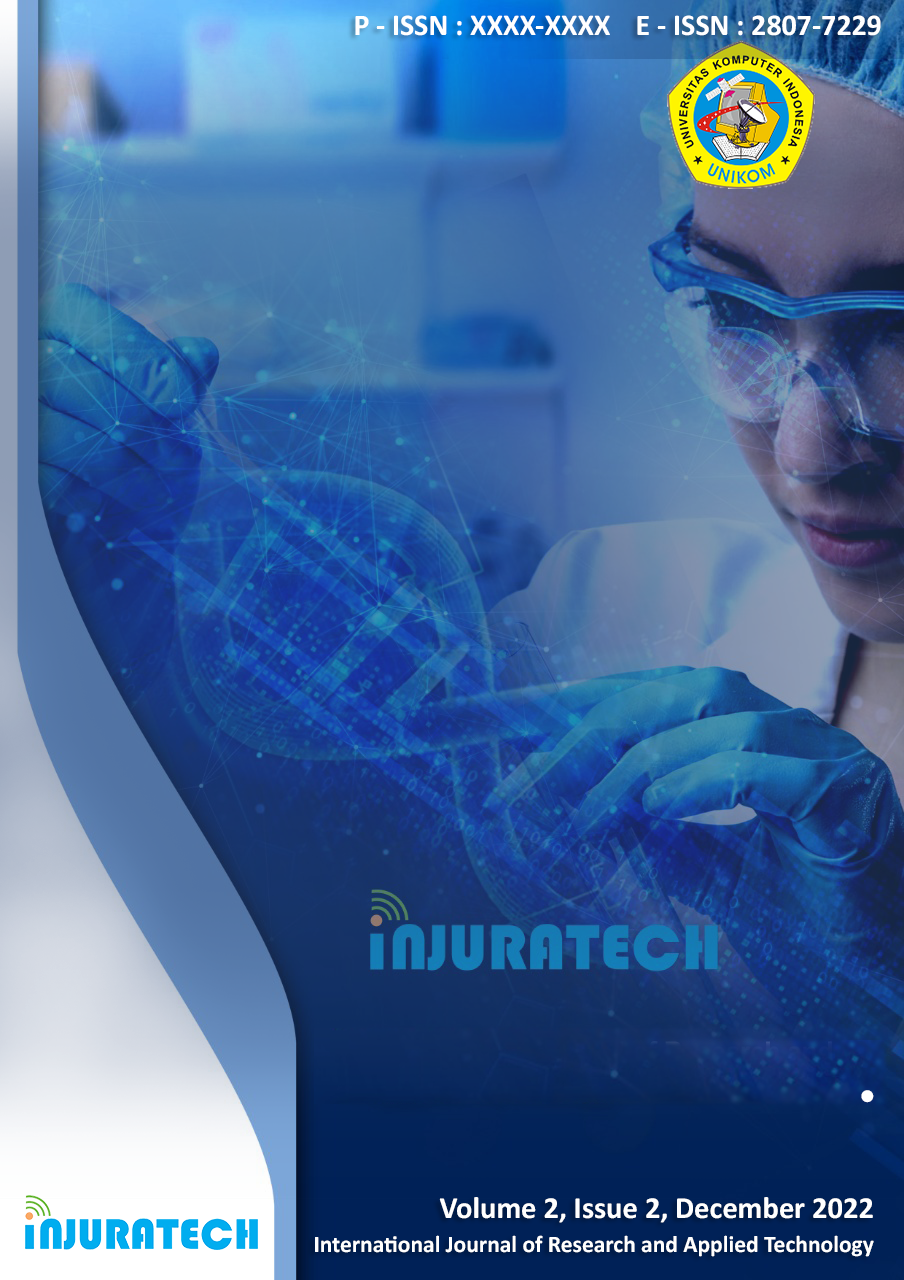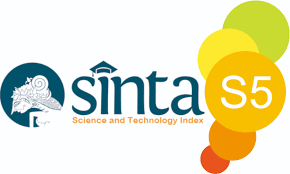Evaluation Of Information Technology Governance at Mikroskil University Using COBIT 2019 Framework with BAI11 Domain
DOI:
https://doi.org/10.34010/injuratech.v2i2.8085Keywords:
COBIT 2019, IT Governance, BAI11(Managed Projects), Capability Level, Maturity LevelAbstract
IT governance evaluation can help organizations to improve the quality of IT services, reduce risks, maximize IT performance and achieve their goals effectively. Mikroskil University is one of the universities that utilize the use of IT in supporting its business processes. Mikroskil University has an IT unit/department that is responsible for IT management and IT governance as well as dealing with IT/IS-related issues, namely the Information System and Digital Transformation (SITD). Based on the initial study conducted, several problems arise in higher education IT governance, so it is necessary to carry out an evaluation. This evaluation uses the COBIT 2019 framework because it is more flexible and there are design factors that can make it easier to get process objectives that will be evaluated as the main focus of the organization. This framework makes it easier for researchers to evaluate processes in universities. The domain that becomes the objective of IT governance in this research is BAI11 (Managed projects). The results of this study indicate that the capability level of Mikroskil University is at level 1 (performed). Meanwhile, the maturity level is at level 2 (managed). Based on the results of the capability and maturity level values, a gap value will be sought to be used as a basis for making recommendations for improvement. The results of this study provide recommendations for improvement to achieve the expected targets of higher education. Mikroskil University's capability level is at level 1 (performed). Meanwhile, the maturity level is at level 2 (managed). Based on the results of the capability and maturity level values, a gap value will be sought to be used as a basis for making recommendations for improvement. The results of this study provide recommendations for improvement to achieve the expected targets of higher education. Mikroskil University's capability level is at level 1 (performed). Meanwhile, the maturity level is at level 2 (managed). Based on the results of the capability and maturity level values, a gap value will be sought to be used as a basis for making recommendations for improvement. The results of this study provide recommendations for improvement to achieve the expected targets of higher education.
References
[2] A. Zilziana, M. Noor, A. P. Widodo, and K. Adi, “Evaluation of Information Technology Governance Using Cobit 2019 on Domain DSS ( Deliver , Service , Support ) at PT XYZ,” pp. 15611–15618, 2019, doi: https://doi.org/10.33258/birci.v5i2.5465.
[3] A. M. Syuhada, “Kajian Perbandingan COBIT 5 Dengan COBIT 2019 Sebagai Framework Audit Tata Kelola Teknologi Informasi,” Syntax Lit. J. Ilm. Indones., vol. 6, no. 1, p. 6, 2021, doi: http://dx.doi.org/10.36418/syntax-literate.v6i1.2082.
[4] N. H. Haay and M. N. N. Sitokdana, “Analysis of Information Technology Governance on Communication and Information Service of Papua Province Using COBIT 2019,” J. Inf. Syst. Informatics, vol. 4, no. 2, pp. 349–360, 2022, doi: 10.51519/journalisi.v4i2.260.
[5] R. Yunis, Djoni, and Angela, “A Proposed of IT Governance Model for Manage Suppliers and Operations Using COBIT 5 Framework,” Proc. 2019 4th Int. Conf. Informatics Comput. ICIC 2019, 2019, doi: 10.1109/ICIC47613.2019.8985979.
[6] S. F Bayastura, S. Krisdina, and A. P Widodo, “Analisis dan Perancangan Tata Kelola Teknologi Informasi Menggunakan Framework Cobit 2019 Pada Pt. Xyz,” JIKO (Jurnal Inform. dan Komputer), vol. 4, no. 1, pp. 68–75, 2021, doi: DOI: 10.33387/jiko.
[7] M. A. Erizal, R. Fauzi, and A. R. Nugraha, “Perancangan Tata Kelola Teknologi Informasi di BUMN PT. Angkasa Pura II Menggunakan Framework COBIT 5 Pada Domain DSS,” e-Proceeding Eng., vol. 8, no. 5, pp. 9646–9663, 2021, [Online]. Available: https://openlibrarypublications.telkomuniversity.ac.id/index.php/engineering/article/view/15779
[8] ISACA, COBIT® 2019 Framework: Introduction and Methodology. USA: ISACA, 2018.
[9] S. De Haes, W. Van Grembergen, A. Joshi, and T. Huygh, Enterprise Governance of Information Technology: Achieving Alignment and Value in Digital Organizations. Cham, Switzerland: Springer Nature Switzerland AG, 2020. doi: 10.1007/978-3-030-25918-1_5.
[10] ISACA, COBIT® 2019: Designing an Information and Technology Governance Solution. 2018.
[11] ISACA, COBIT® 2019 Framework: Governance and Management Objectives. USA, 2018.
[12] L. H. Atrinawati et al., “Assessment of Process Capability Level in University XYZ Based on COBIT 2019,” J. Phys. Conf. Ser., vol. 1803, no. 1, 2021, doi: 10.1088/1742-6596/1803/1/012033.
[13] A. P. Rabhani et al., “Audit Sistem Informasi Absensi Pada Kejaksaan Negeri Kota Bandung Menggunakan Framework Cobit 5,” J. Sisfokom (Sistem Inf. dan Komputer), vol. 9, no. 2, pp. 275–280, 2020.
[14] I. Riadi, I. T. R. Yanto, and E. Handoyo, “Analysis of academic service cybersecurity in university based on framework COBIT 5 using CMMI,” IOP Conf. Ser. Mater. Sci. Eng., 2020, doi: doi:10.1088/1757-899X/821/1/012003.
[15] E. Nachrowi, Yani Nurhadryani, and Heru Sukoco, “Evaluation of Governance and Management of Information Technology Services Using Cobit 2019 and ITIL 4,” J. RESTI (Rekayasa Sist. dan Teknol. Informasi), vol. 4, no. 4, pp. 764–774, 2020, doi: 10.29207/resti.v4i4.2265.












